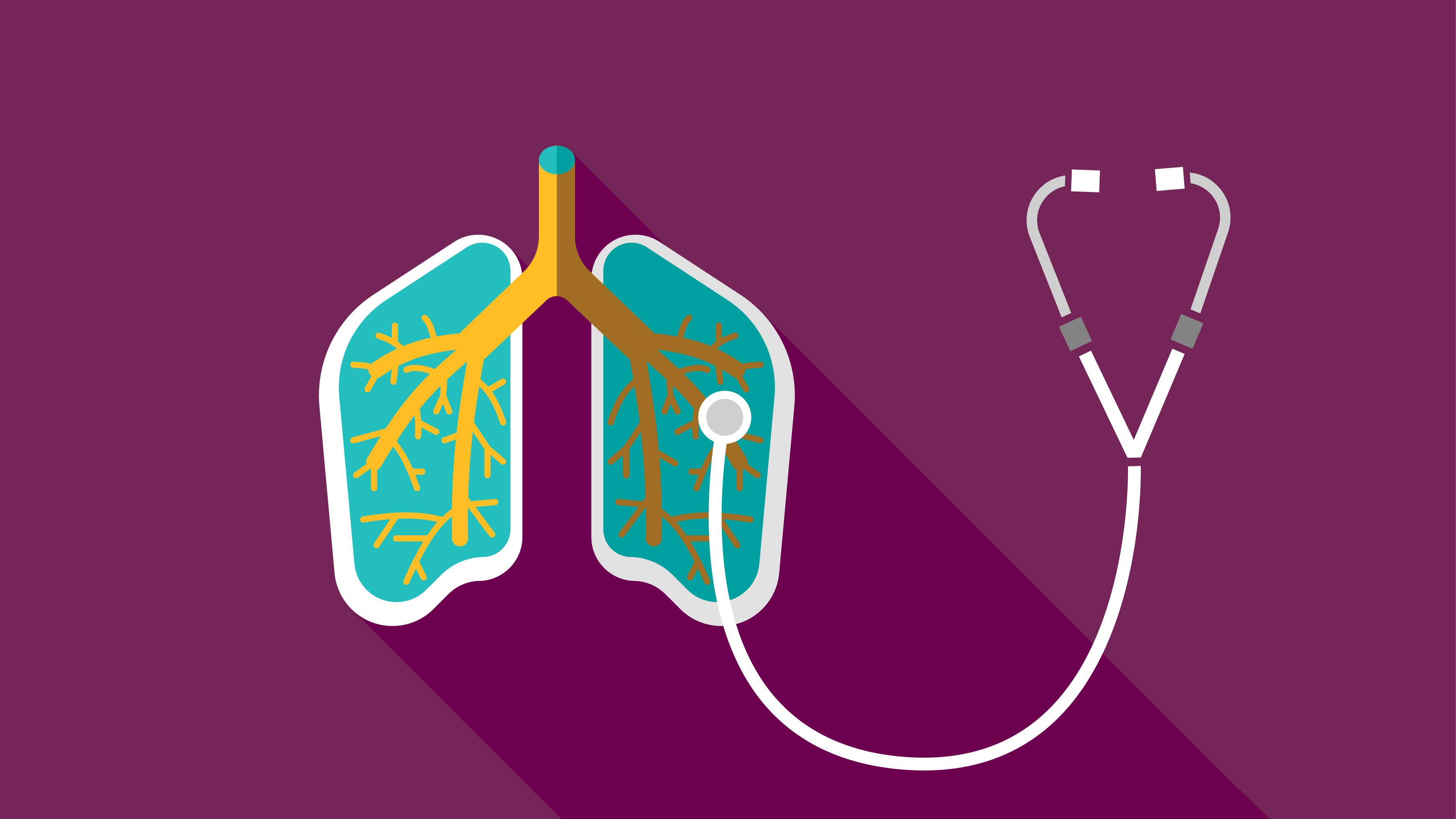WHAT IS COPD

Chronic Obstructive Pulmonary Disease (COPD) is a preventable and treatable lung disease.
People with COPD find it hard to breathe, which can lead to shortness of breath and/or
feeling tired. It includes emphysema and chronic bronchitis. Millions of people suffer from
COPD, but have not been diagnosed and are not being treated. Although there is no cure for
COPD, it can be treated.
COPD includes two main types:
- Emphysema affects the air sacs in your lungs, as well as the walls between them. They
become damaged and are less elastic.
- Chronic bronchitis, in which the lining of your airways is constantly irritated and
inflamed. This causes the lining to swell and make mucus.
Most people with COPD have both emphysema and chronic bronchitis, but how severe each
type is can be different from person to person.
Normally, the airways and air sacs in your lungs are elastic or stretchy. When you breathe
in, the airways bring air to the air sacs. The air sacs fill up with air, like a small balloon.
When you breathe out, the air sacs deflate, and the air goes out.
But, if you have COPD, less air flows in and out of your airways because of one or more
problems:
- The airways and air sacs in your lungs become less elastic
- The walls between many of the air sacs are destroyed
- The walls of the airways become thick and inflamed
- The airways make more mucus than usual and can become clogged.
The Global Initiative for Chronic Obstructive Lung Disease (GOLD) is a program started by
the National Heart, Lung, and Blood Institute and World Health Organization. Countries
around the world use its guidelines and recommendations for diagnosing and treating
COPD. The GOLD system previously classified COPD from stages 1 to 4 solely based on your
lung capacity measured by a spirometry test. But the newest GOLD guidelines combine your
spirometry results with subjective measures of your symptom severity to determine your
level of risk. (see adjacent image).
A spirometer test involves exhaling into a machine called a spirometer. The machine
measures how hard and quickly you can exhale. Your doctor will examine two numbers:
your force vital capacity (FVC) and your force expiratory volume in one second (FEV1). Your
FVC is the total amount of air you can breathe out and FEV1 is the amount you breathe out
in one second. A ratio of your FEV1/FVC needs to be less than 0.7 for a diagnosis of COPD.
The term chronic, in chronic obstructive pulmonary disease, means that it lasts for a long
time. Symptoms of COPD sometimes improve when a person stops smoking, takes
medication regularly, and/or attends pulmonary rehabilitation. However, the lungs are still
damaged and can never fully return to normal. Therefore, COPD is a lifelong condition.
Breathlessness and fatigue may never go away entirely, but people can learn to manage
their condition and continue to lead a fulfilling life. There is currently no cure for COPD,
since the damage it causes to the lungs is not reversible. There are things a person can do to
prevent COPD from becoming worse, and there are an increasing number of therapies that
can help ease the symptoms of the disease.